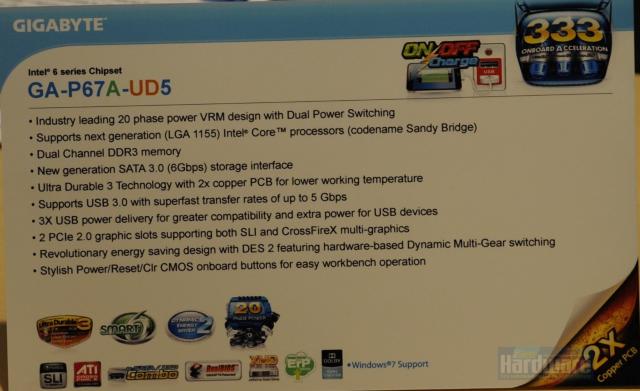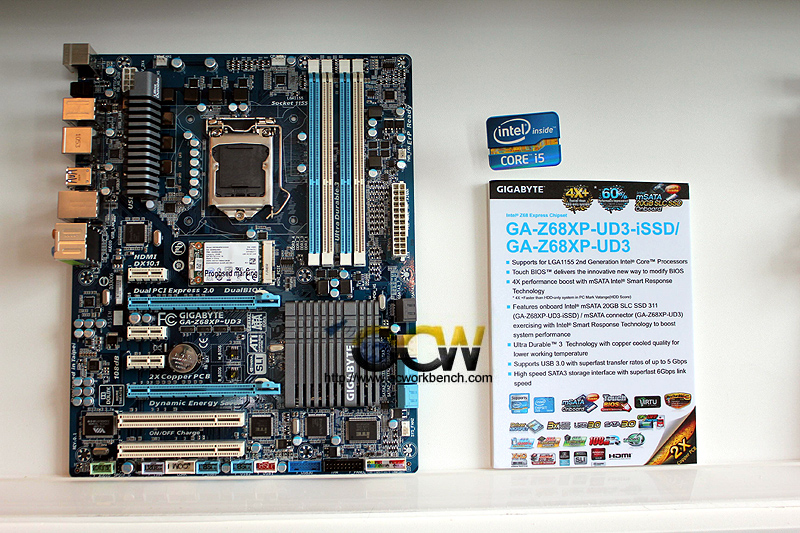Conclusion
The Gigabyte P67A-UD3R-B3 came as a pleasant surprise to us with it’s performance. Being a entry-mid range board at a good price point, you don’t get a lot of blown up feature set that other boards have. That is probably why you will see some unsoldered points on board.
The performance of the board runs faster than most of the more expensive boards we have tested before in most of the benchmark tests. In terms of features, it doesn’t have Hydra or 3 or 4 full length slots. It also doesn’t have 1394 or eSATA port. Instead it has some unique software e.g. Cloud OC, Turbo XHD which makes it stand out from the crowd.
In terms of overclocking, the board’s BIOS is very complete with large voltage range for you to tweak. In our own experiment, we are able to do 4.8GHz with CPU voltage bumped up by +0.1v
Installation is pretty straightforward with this board. The manual is also well written. One drawback with this board is that it didn’t utilise a PLX chip. When Turbo USB 3.0 is enabled it utilizes 8 PCIe VGA lanes, so it is only possible to enable it with a single graphics card running at PCIe x8 on P67 chipset motherboards.
As for packaging, there is room for improvement. Gigabyte could have included a front panel USB 3.0 to make the package more complete.
In conclusion, the P67A-DS3R-B3 is a good starting point to a cost effective P67 system. The costs is brought down by reducing some of the features like 4 PCIe lanes, PLX etc found on expensive boards that will give you the same sort of performance.
Pros
CloudOC
Turbo XHD
3X USB Power Boost
Cons
No eSATA
No 1394
No debug led
No power On/off Switch/Clear Cmos switch
Ratings
Here are my ratings out of 10.
| Category | Score |
| Performance | 10 / 10 |
| Features | 7 / 10 |
| Ease Of Installation | 10 / 10 |
| Overclocking Features | 10 / 10 |
| Documentation | 7 / 10 |
| Packaging | 7 / 10 |
| Cost / Performance | 10 / 10 |
| Overall Rating : | 8.7 / 10 |




